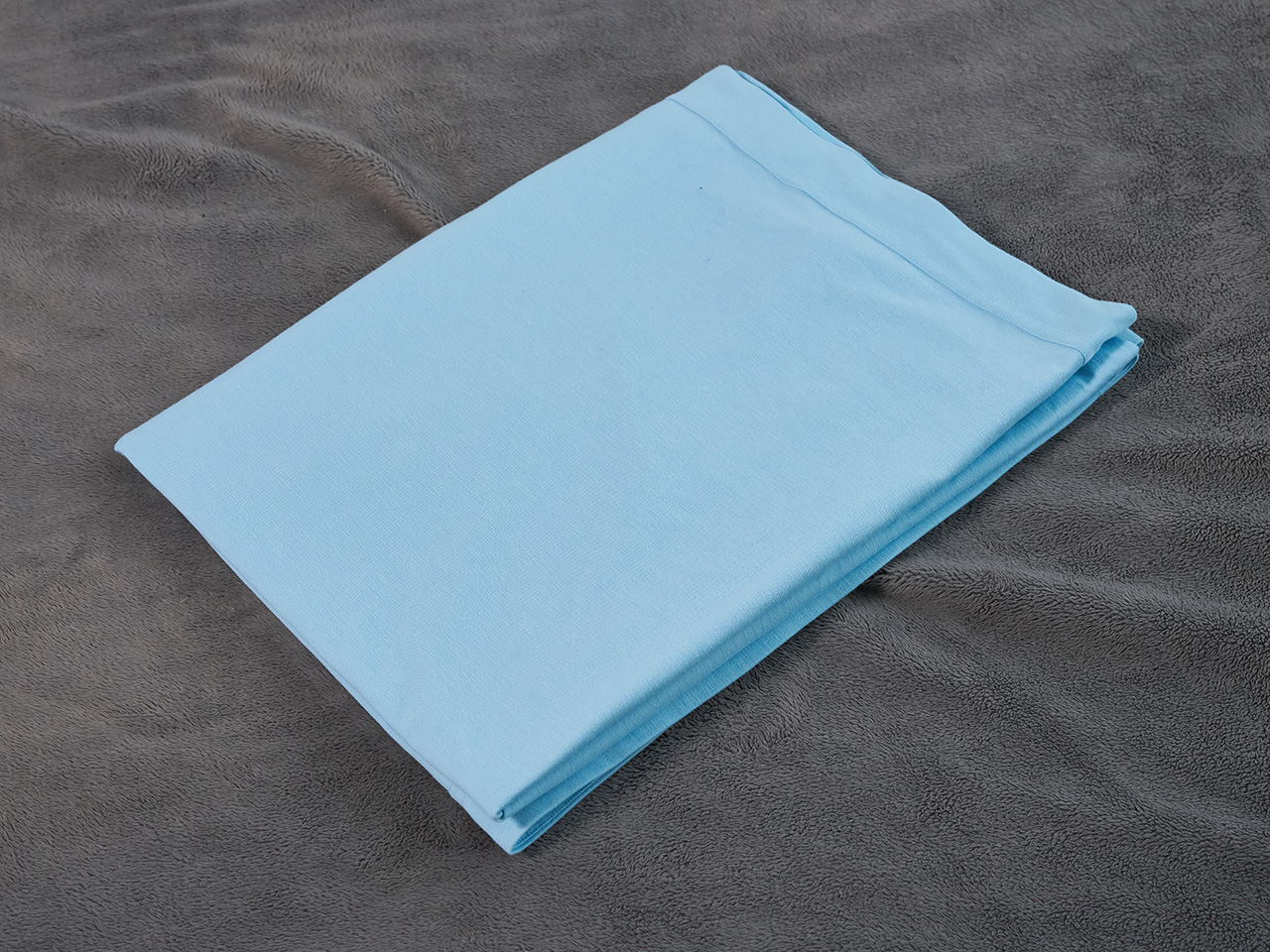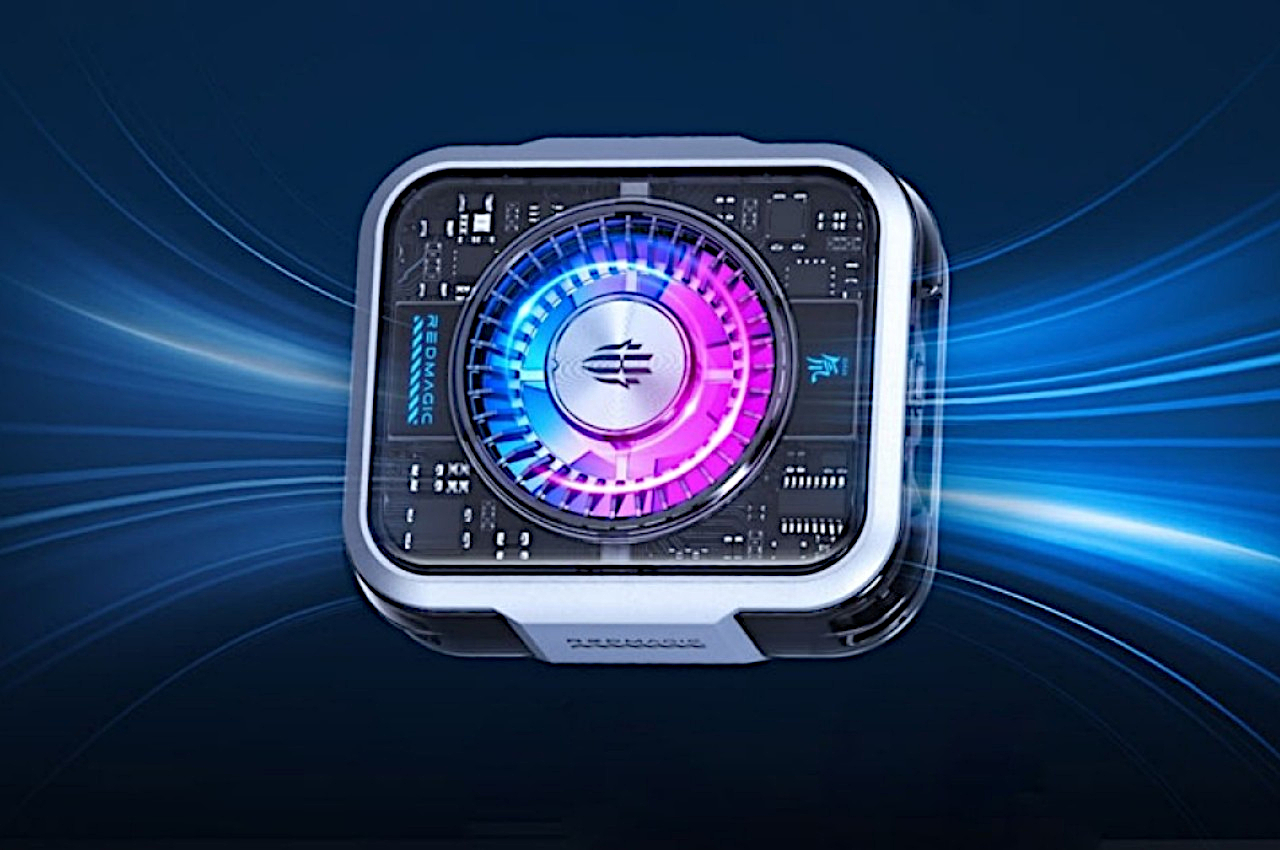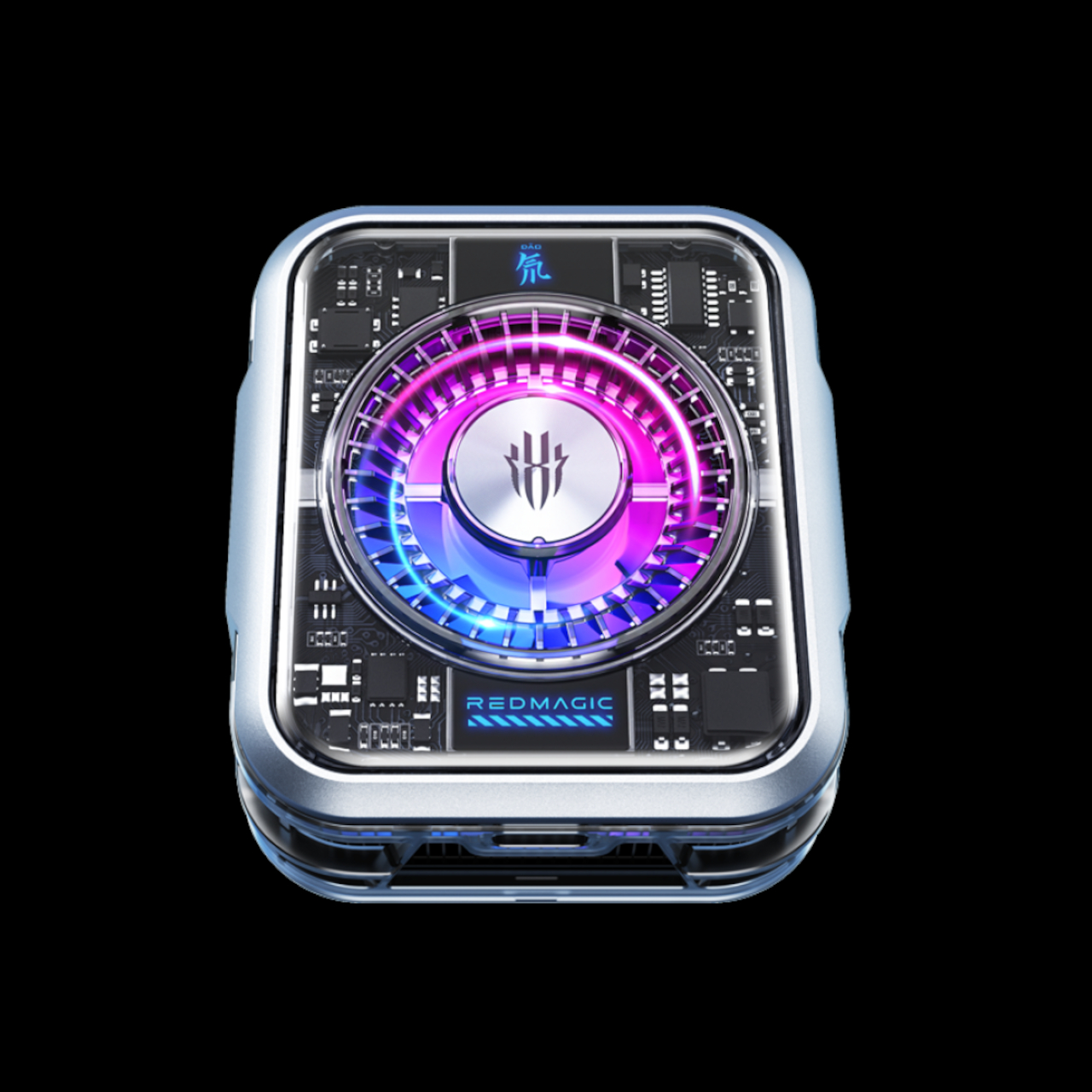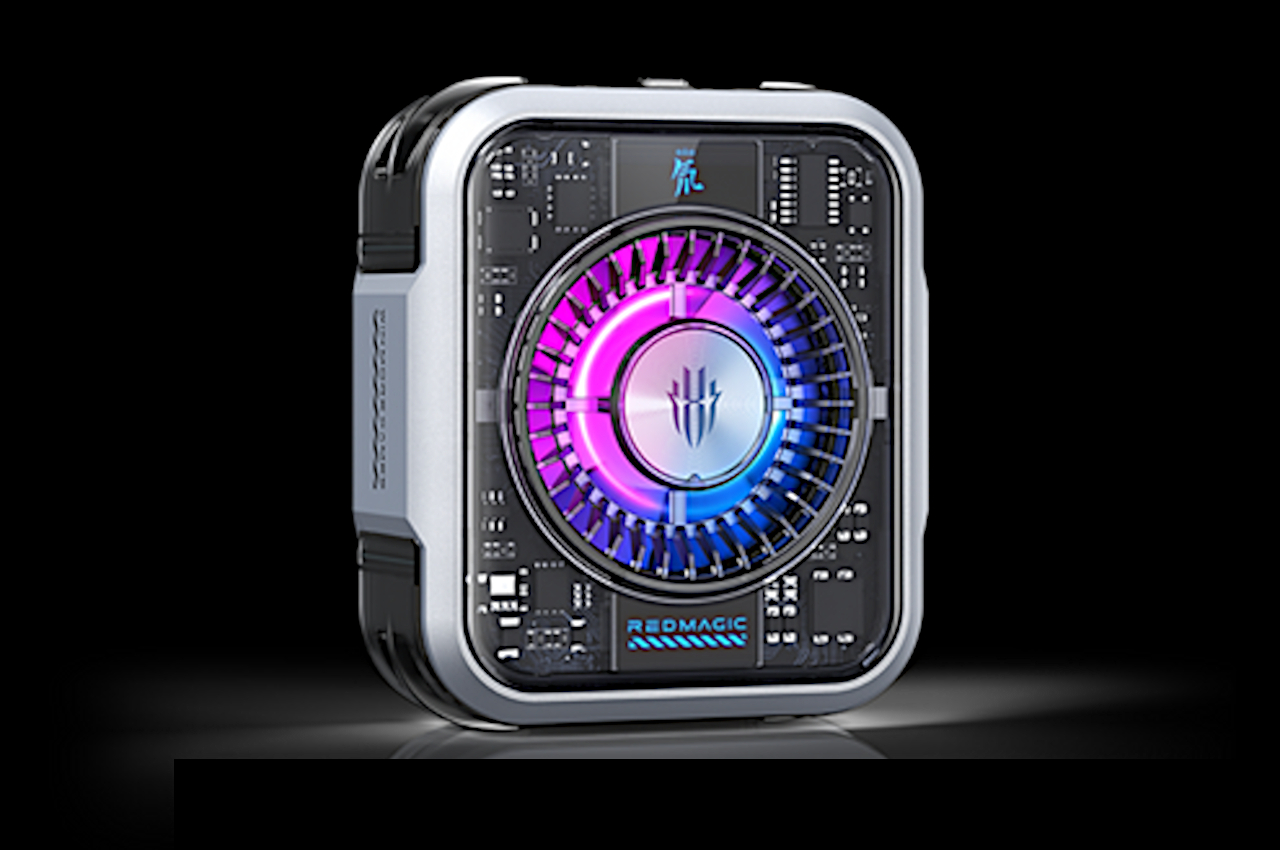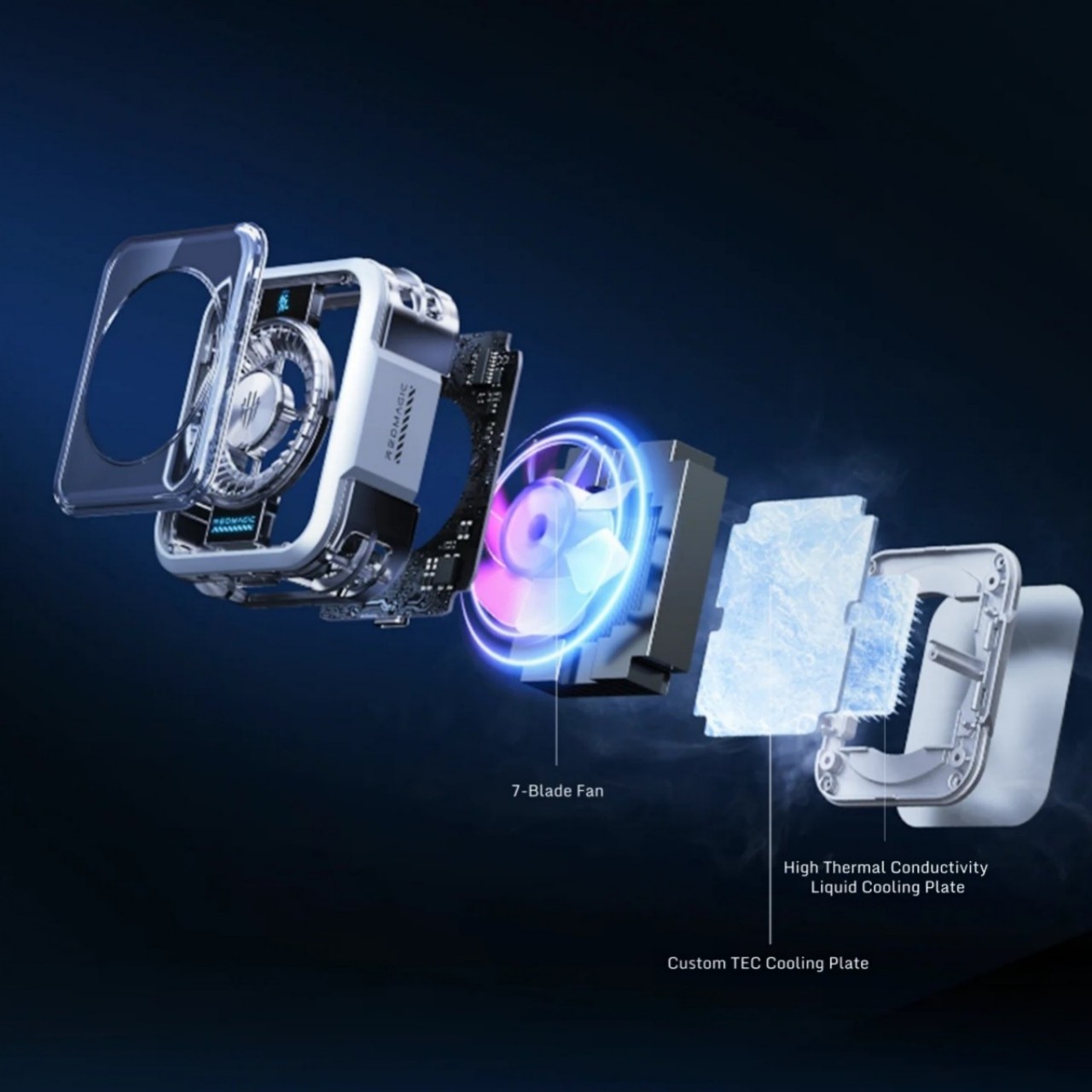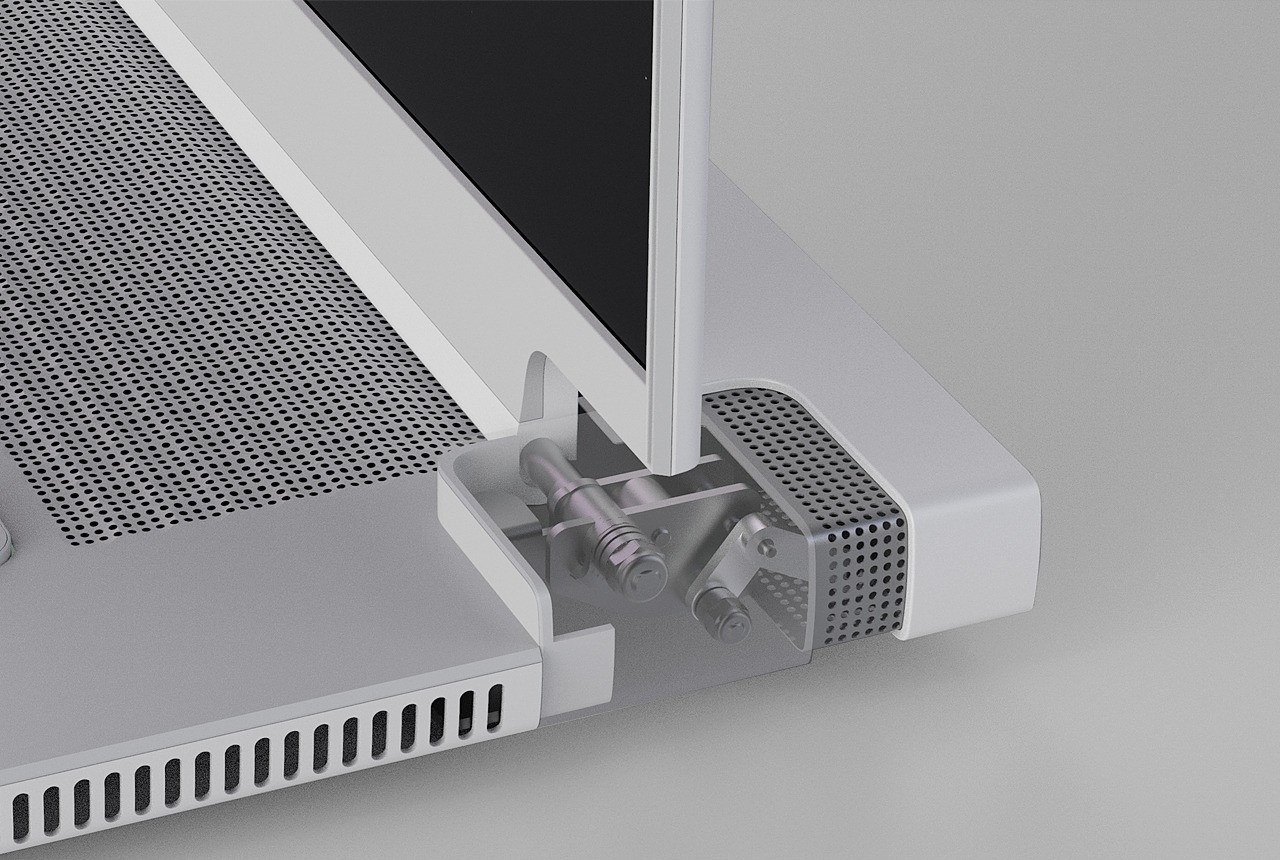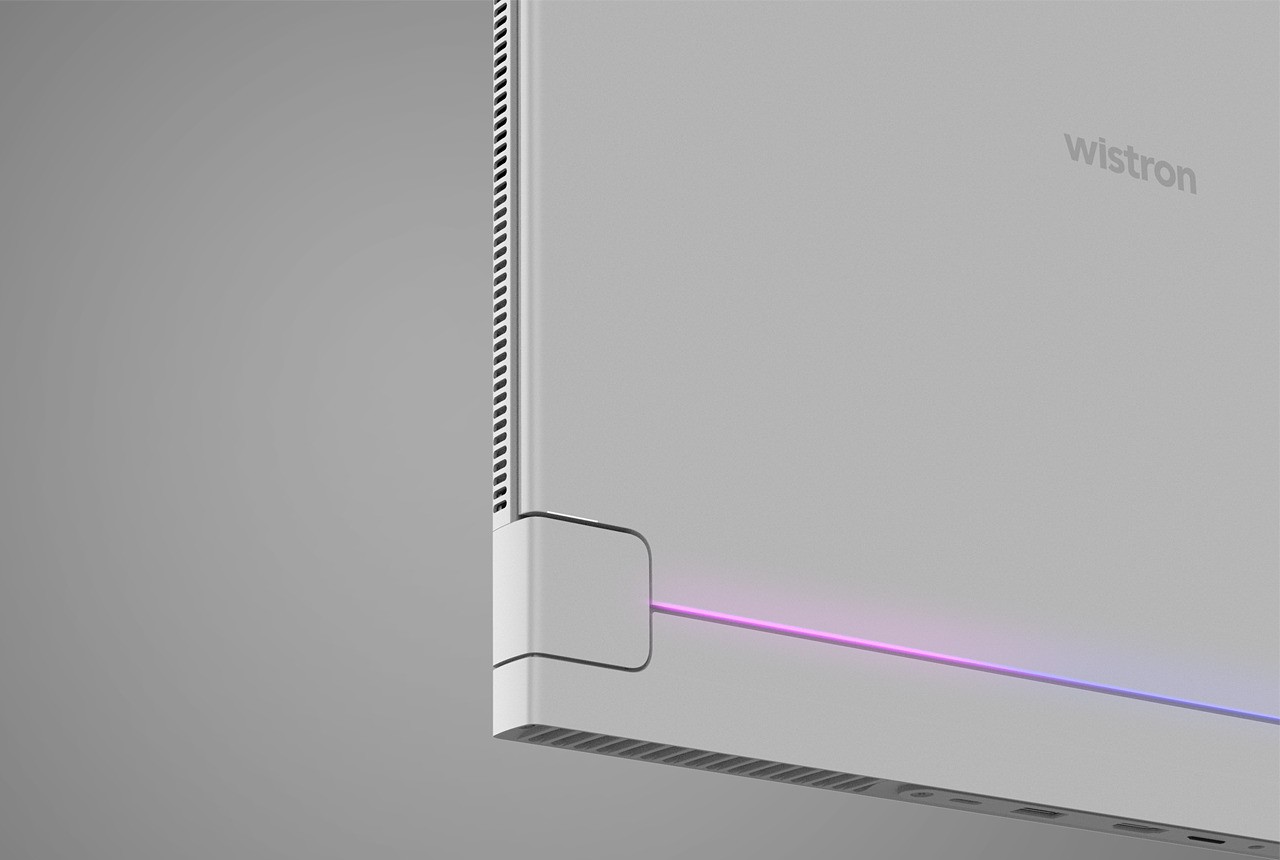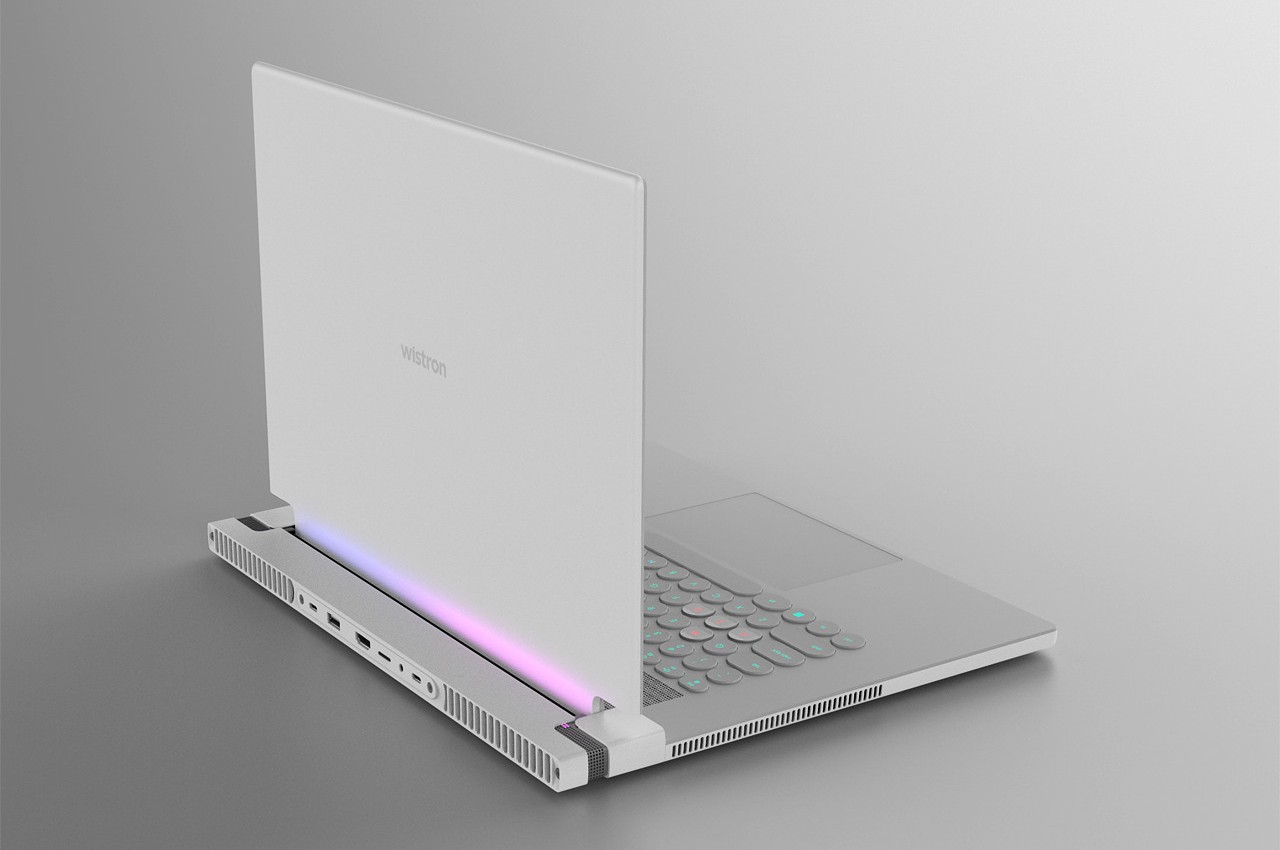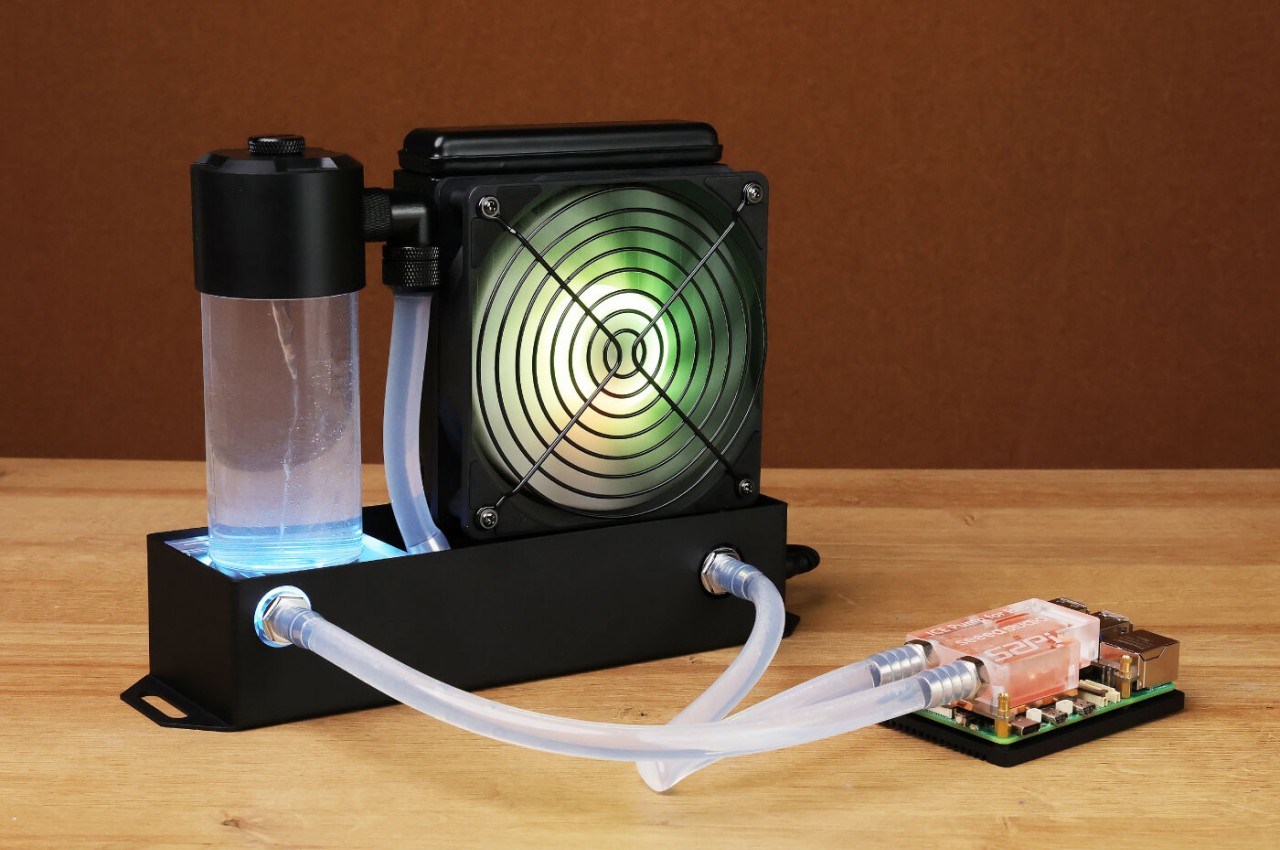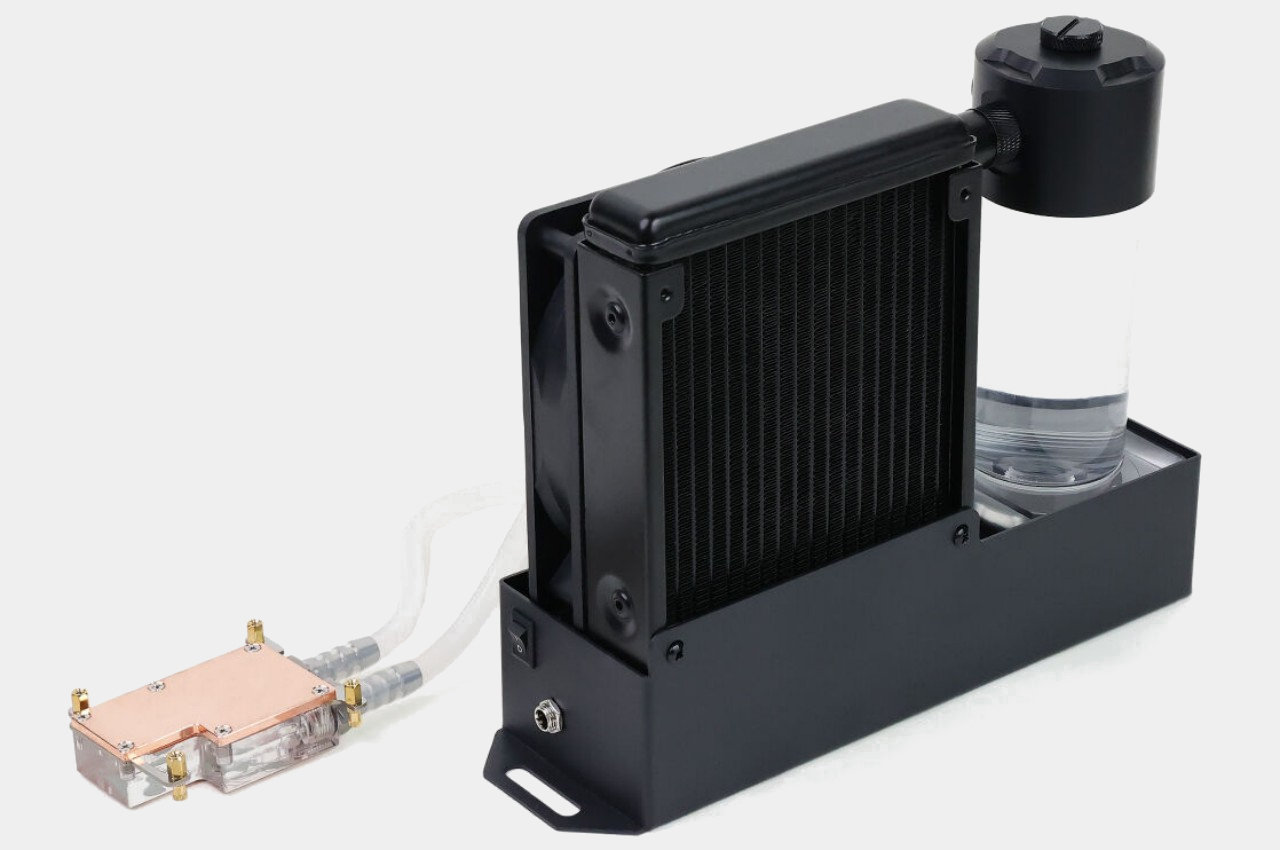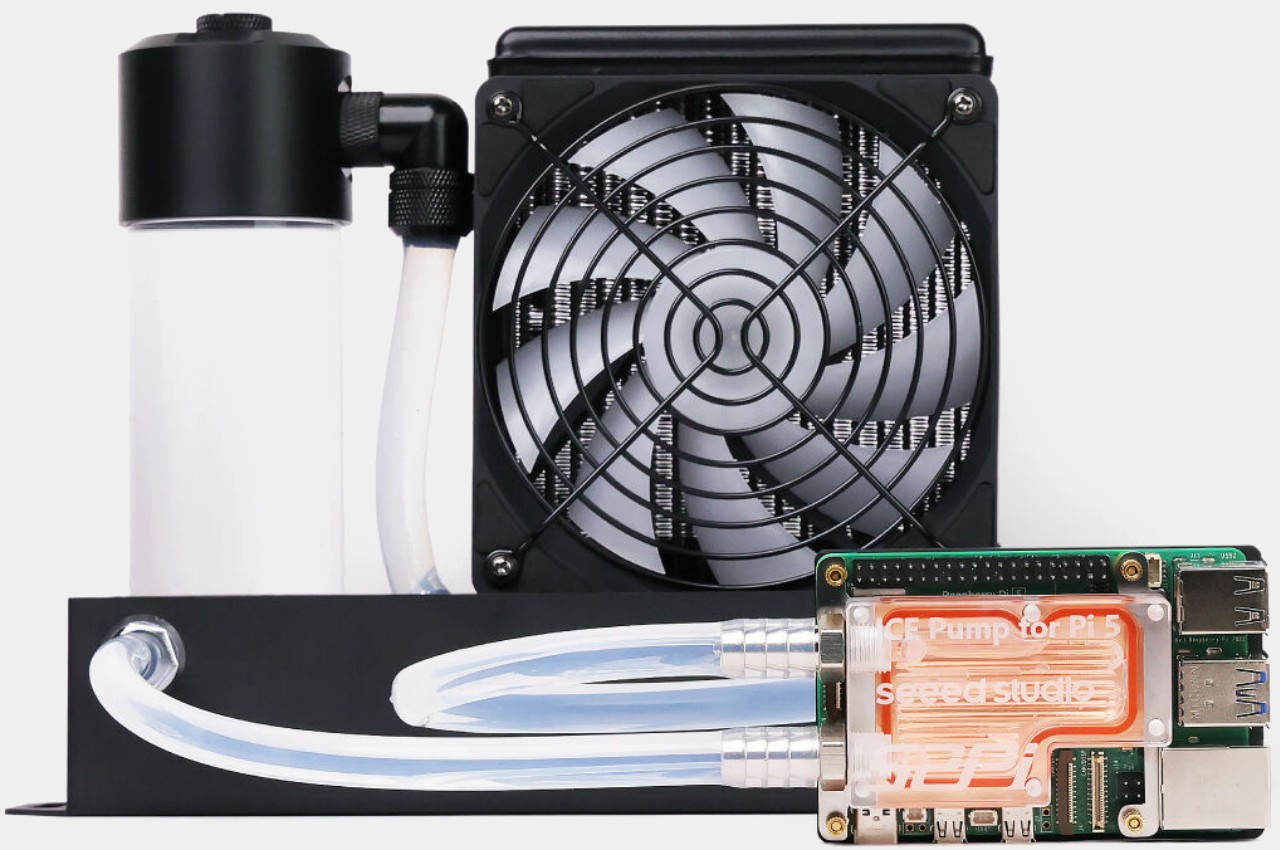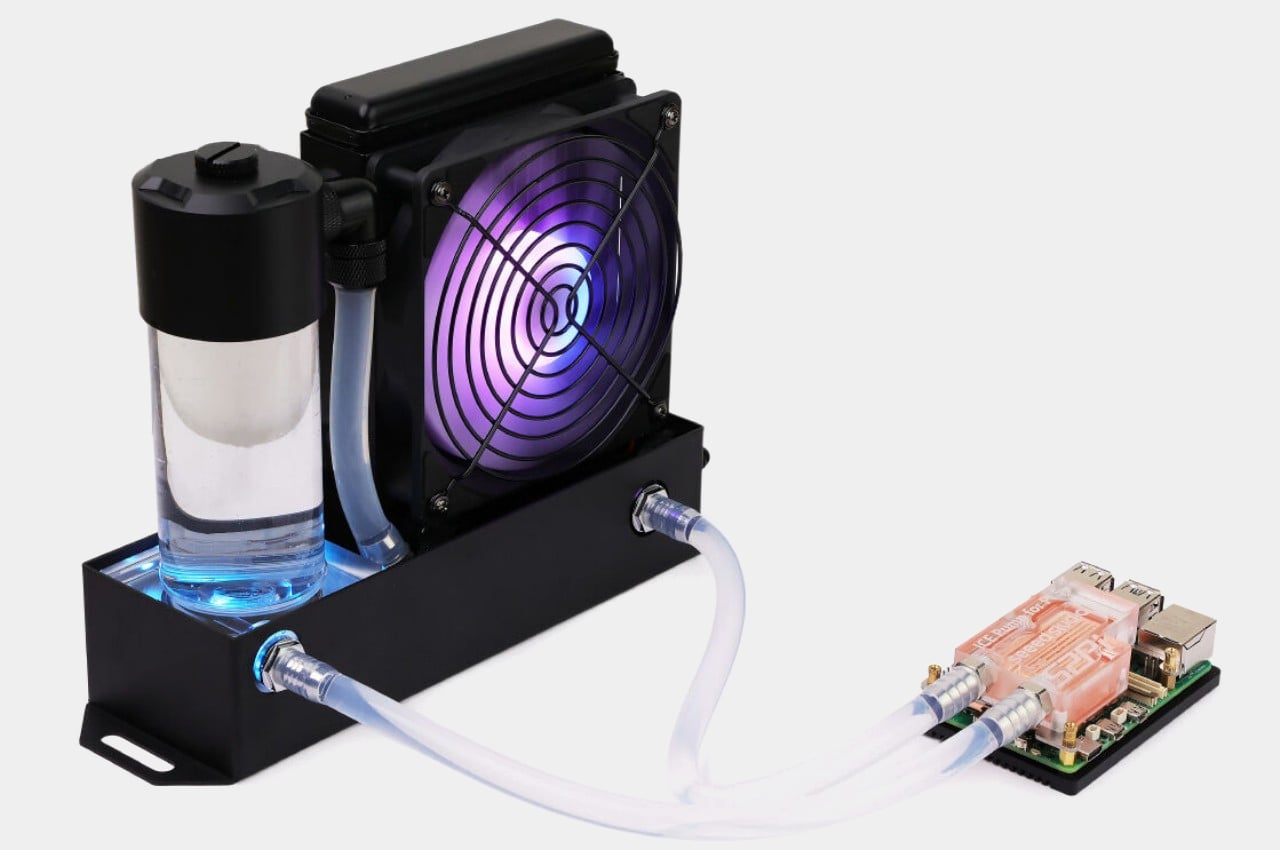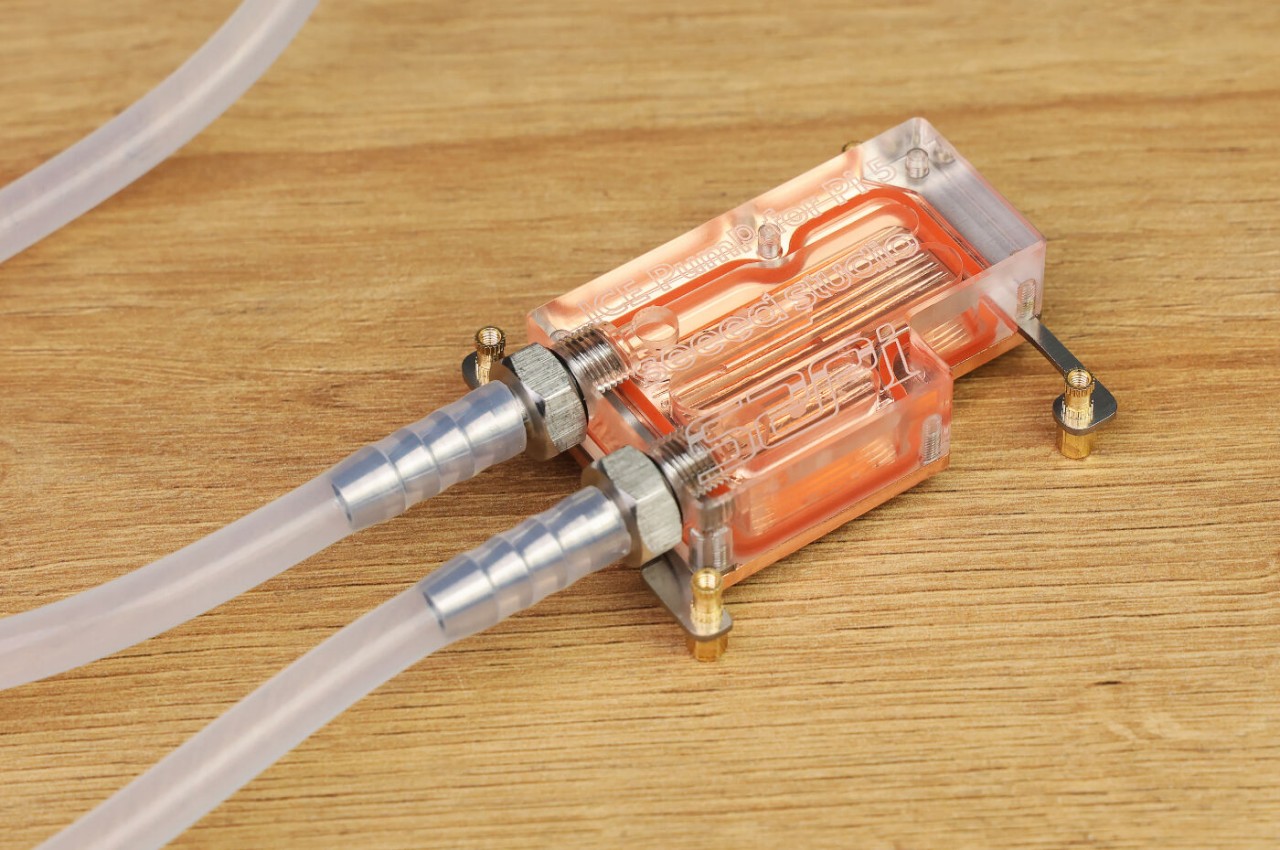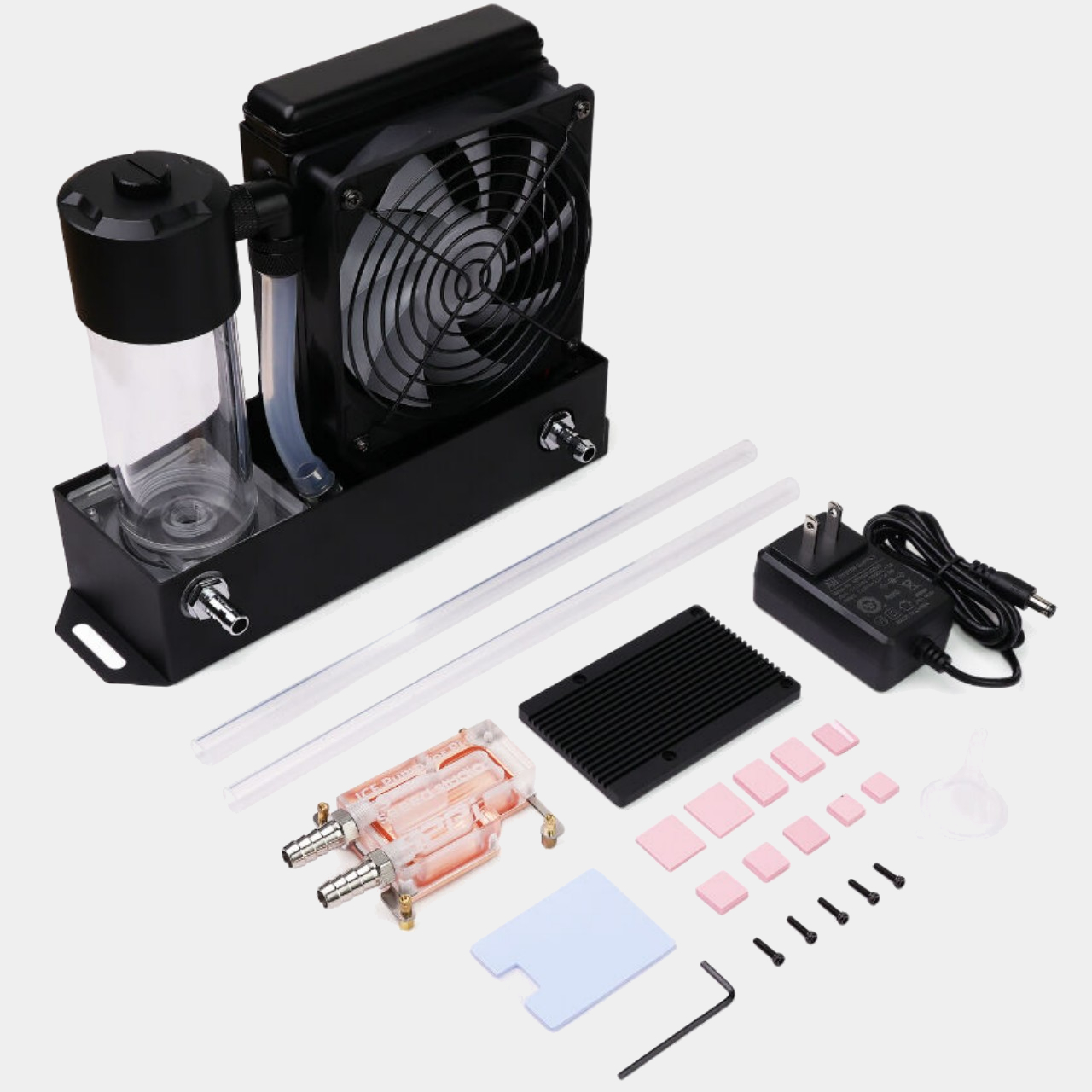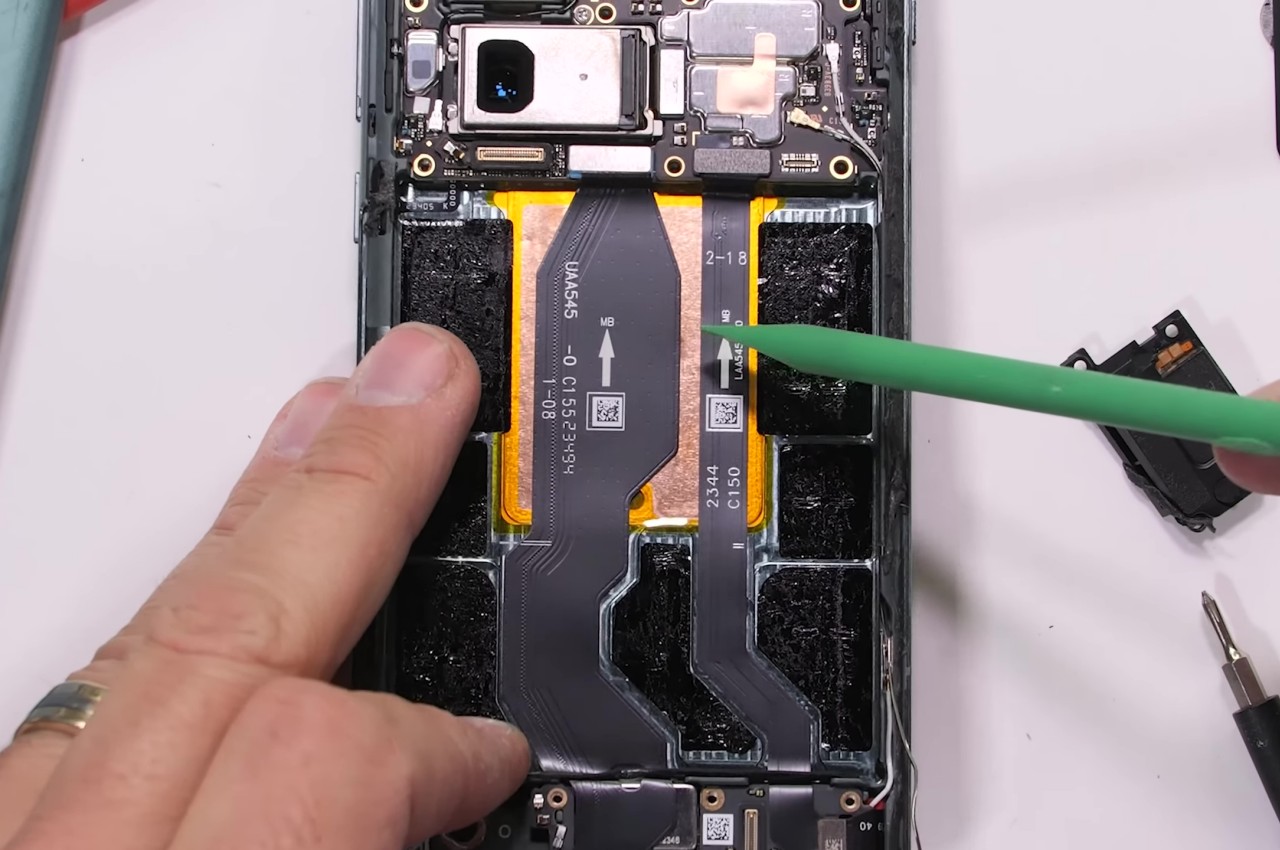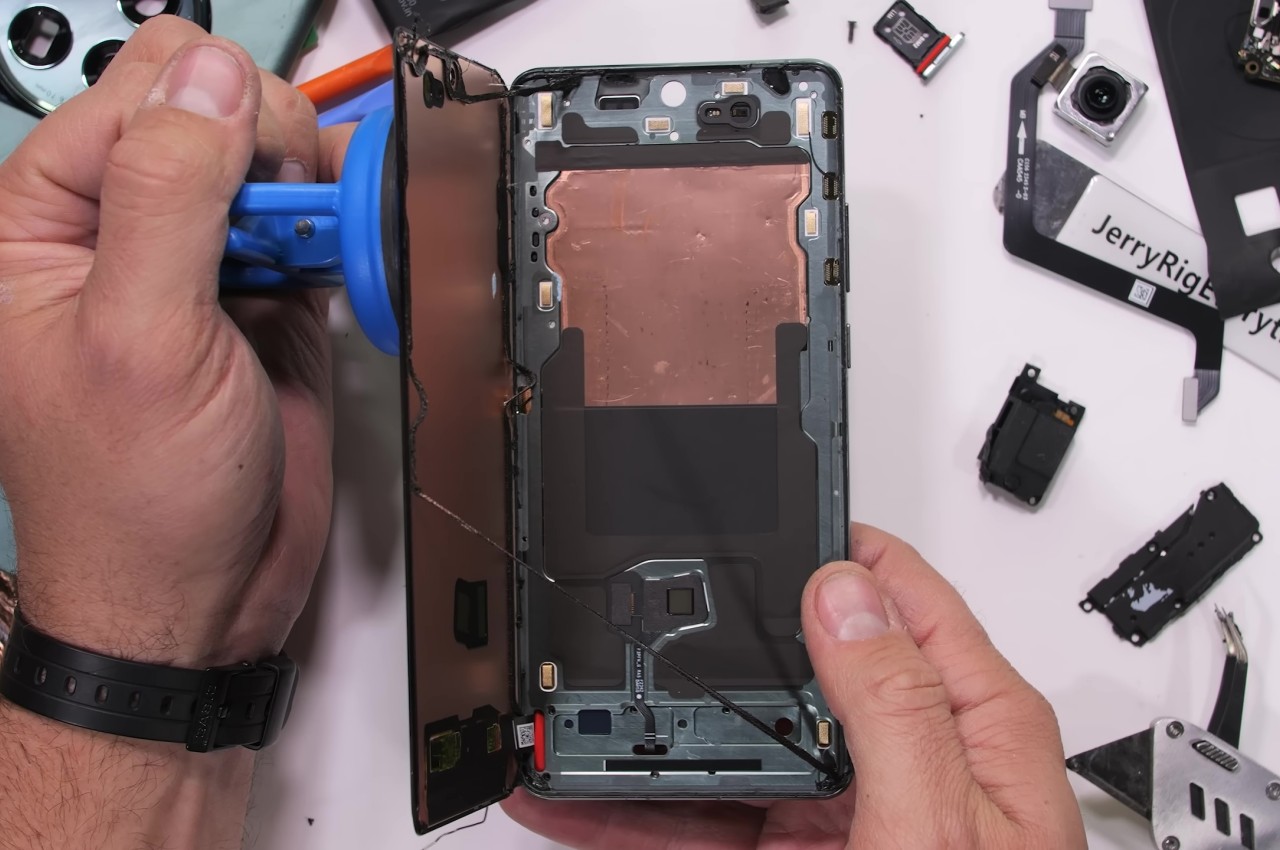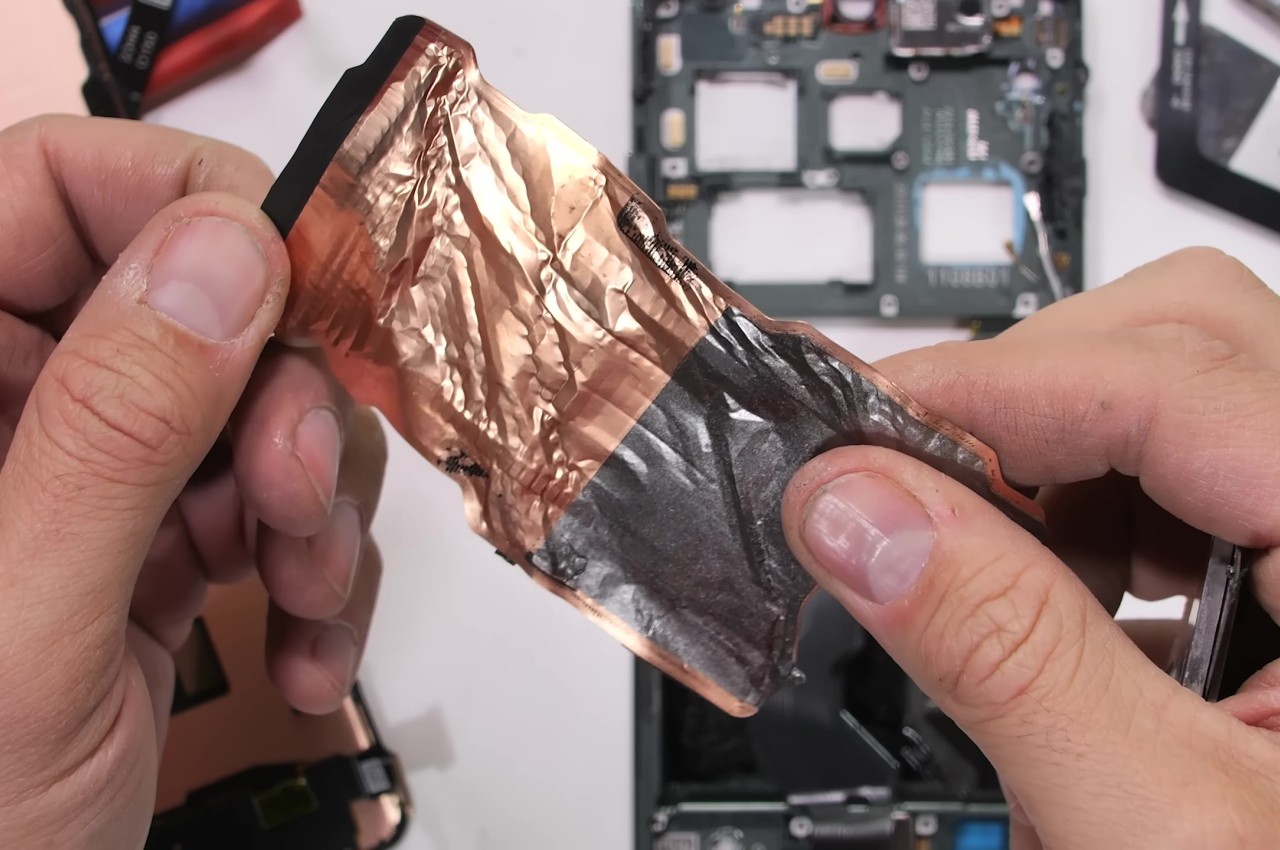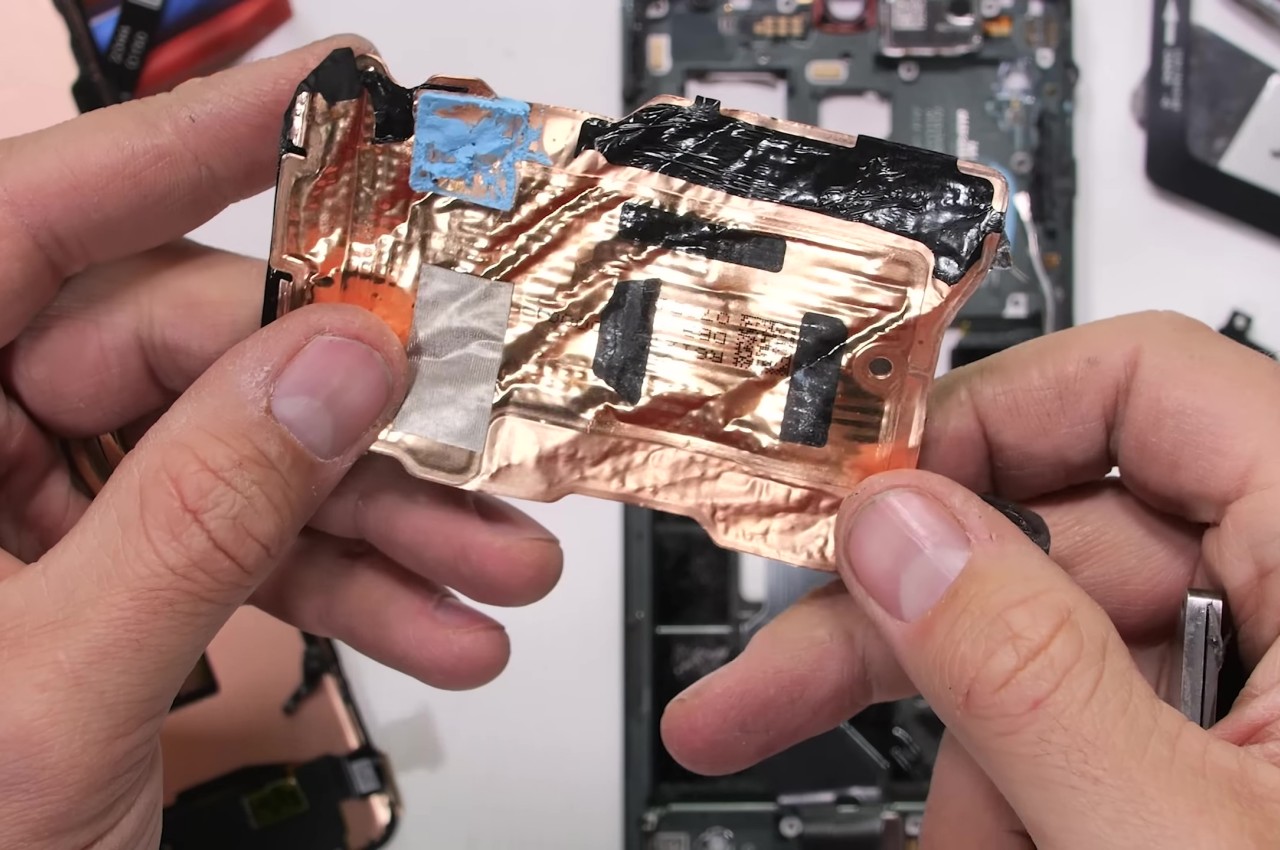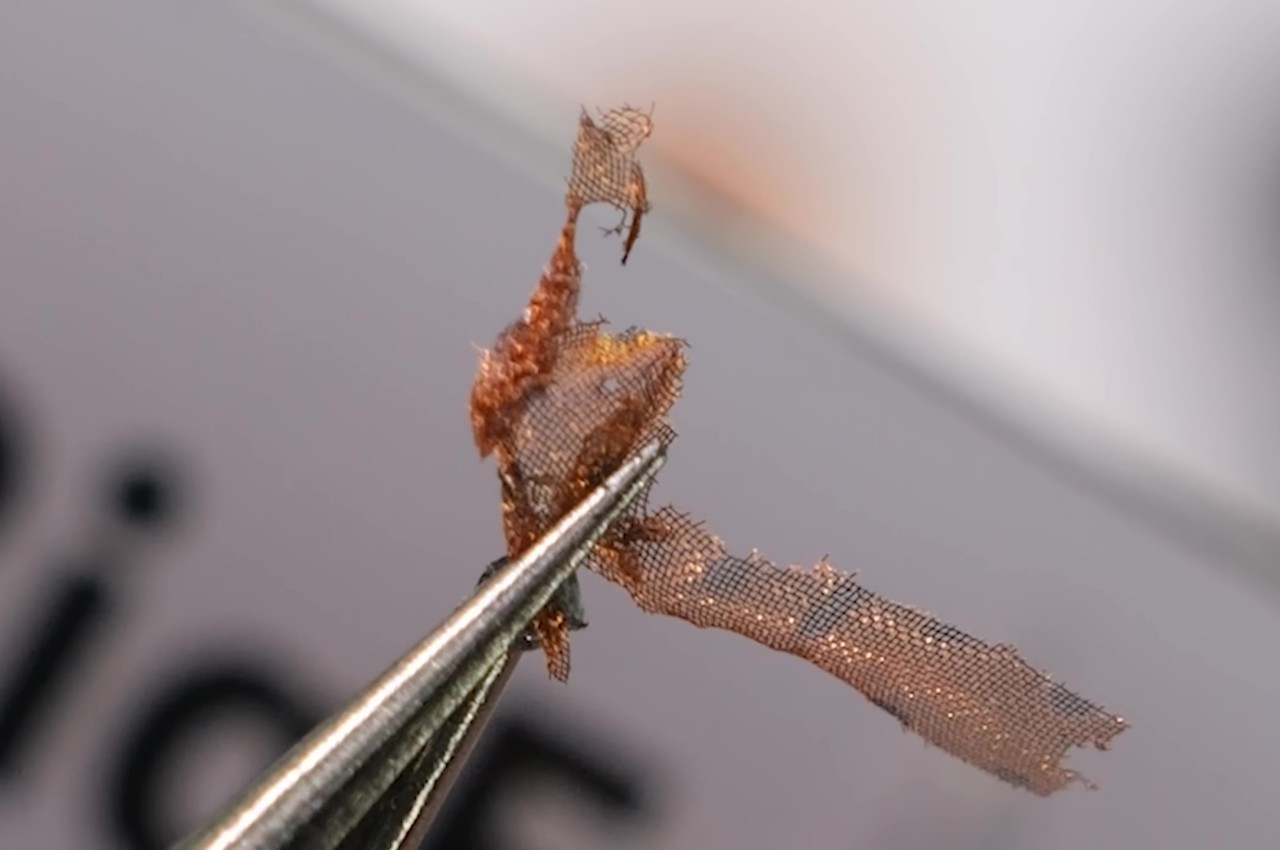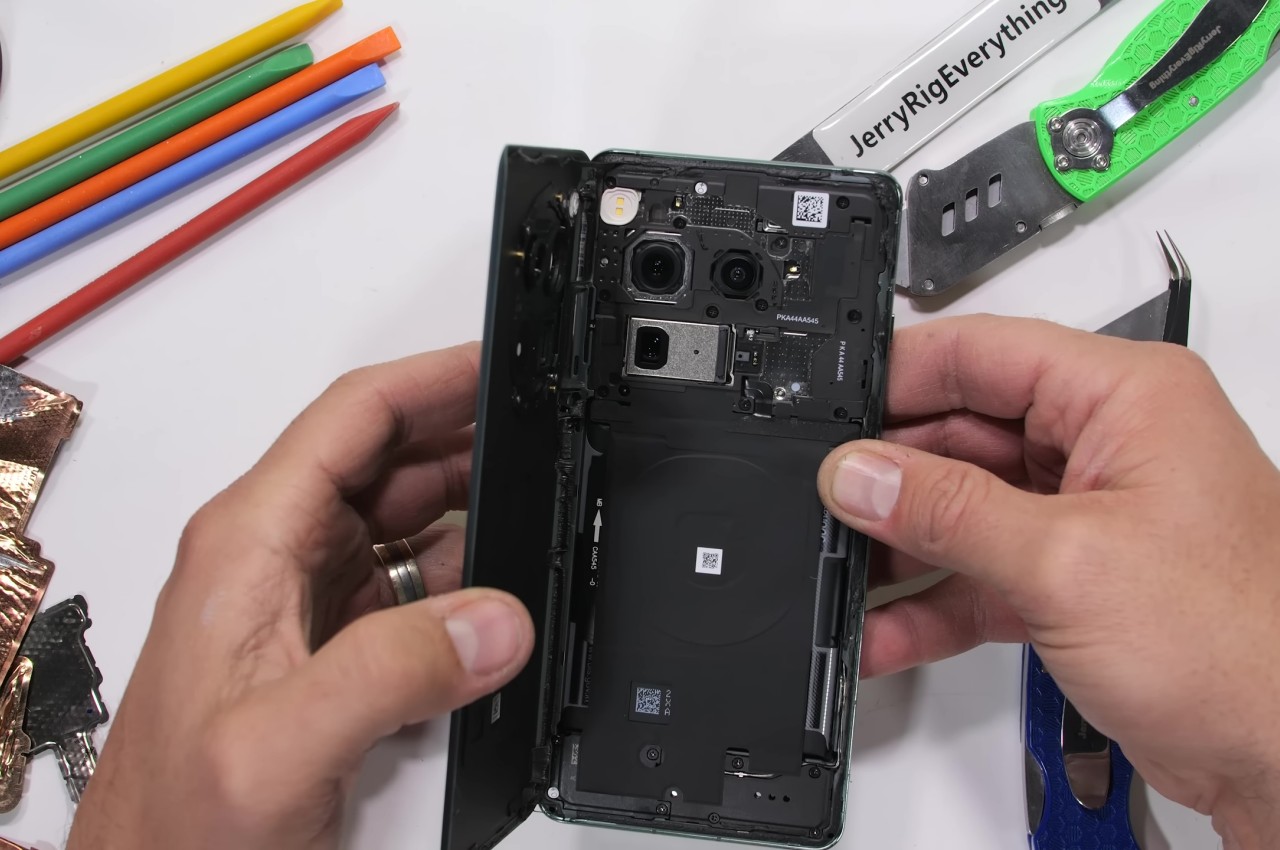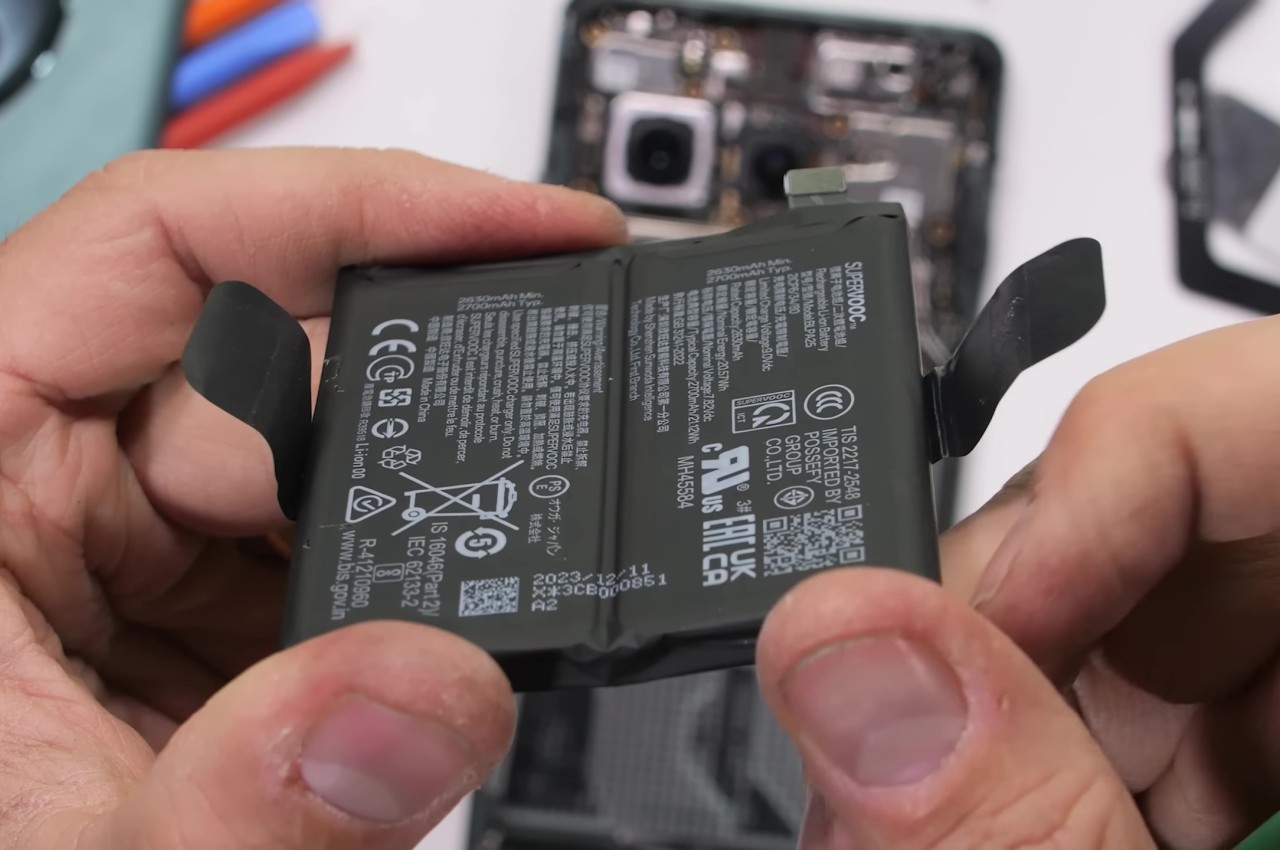The future isn’t flying cars – it’s blanket-shaped air conditioners. As temperatures rise and ACs become increasingly necessary in homes, a Japan-based company has figured out how to turn something as benign as a blanket into a cooling device. The Infinity Cool Blanket is simultaneously a high-tech and a low-tech piece of bed decor. It’s low-tech in the sense that it’s quite literally a fabric blanket that you wrap yourself in as you sleep, but the high-tech aspect about it is its ability to cool you down by 15°C. The innovation lies in the blanket’s material, which promotes rapid heat absorption and dissipation, pulling the warmth from your body and emitting it quickly into the atmosphere. The result feels similar to being in a cooler room, as if you had your air conditioner on. Sweat evaporates in an instant, leaving you feeling breezy and comfortable even in the hot summers… without racking up an electricity bill.
Designer: Tatsuya Dobashi
Click Here to Buy Now: $99 $240 ($141 off). Hurry, exclusive deal for YD readers only and offer ends in 48-hours!
The secret lies in the Infinity Cool Blanket’s high-performance cooling fibers. These specially crafted materials are embedded with sensors that respond to your body’s heat and moisture. As your temperature rises, the fibers activate, creating a noticeable cooling effect. This ensures a comfortable sleep environment throughout the night, no matter how much you toss and turn. But that’s just half the story – It employs innovative insulation technology to block external heat while effectively wicking away sweat and moisture. This double action prevents you from feeling stuffy or damp, ensuring a consistently cool and dry sleep experience. Multiple tests actually show a drop in body temperature up to as much as 15°C when using the Infinity Cool Blanket. The blanket has a clever way of adjusting your body’s temperature to bring you to a more comfortable state, no matter what the outside temperature is.
The Infinity Cool Blanket is designed with both comfort and convenience in mind. The lightweight, breathable fabric allows for maximum airflow, preventing you from feeling weighed down. The stretchy fabric cocoons you in coldness, and its natural anti-bacterial nature means you can use the Infinity Cool Blanket for weeks before it needs a wash. When it does, just toss it into the washing machine like you would a regular blanket. The fabric’s quick-drying feature ensures it’s dry and ready to use within hours of coming out of the dryer, and an anti-pilling treatment keeps the blanket soft and comfortable even after multiple washes, while the reinforced edges prevent fraying for long-lasting use.
The Infinity Cool Blanket is versatile enough for both indoor and outdoor use, making it a valuable companion for camping trips or simply relaxing in your backyard. It comes in a single size, big enough for one person, and even ships with a carrying pouch, just in case you want to take it with you on your travels.
Click Here to Buy Now: $99 $240 ($141 off). Hurry, exclusive deal for YD readers only and offer ends in 48-hours!
The post Stay Cool Without AC: This Blanket’s Cutting-Edge Cooling Fibers can lower Body Temp by 60°F first appeared on Yanko Design.






